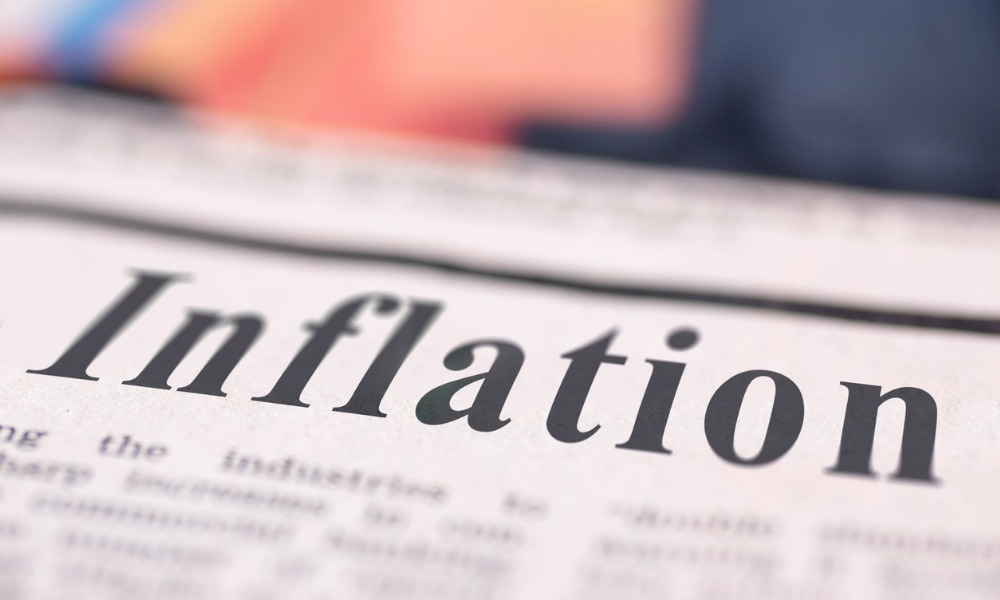The Fed implemented its first rate cut since the pandemic last week, lowering rates by half a percentage point and signaling that further reductions could be on the horizon. Jay Powell, the Federal Reserve Chair, has emphasized the central bank’s commitment to maintaining a strong labor market while managing inflation. The Fed targets a 2% inflation rate.
The state of the US economy is a focal point in the upcoming November presidential election, and the recent rate cut has sparked criticism from Republican candidate Donald Trump. Trump has voiced concern over the Fed’s handling of inflation under President Joe Biden’s administration, which saw inflation peak in 2022.
Market expectations regarding the Fed’s next move are mixed. Investors are divided between the likelihood of a quarter-point or a half-point cut at the central bank’s meeting following the election. “If the Fed wants to cut by another 50 basis points in November, the inflation data isn’t going to stand in their way,” said Omair Sharif, economist at Inflation Insights to the Financial Times.
However, Torsten Slok, chief economist at Apollo, told the newspaper a smaller rate cut might be more appropriate. “August’s figure for core PCE, which strips out volatile food and fuel prices, argues for a smaller quarter-point cut in November,” he noted.
Core PCE, which excludes food and energy prices, rose by 2.7% annually, in line with economists’ predictions and slightly up from the 2.6% increase recorded in July. Slok added, “Overall the trend in inflation is certainly looking better. Things are moving in the right direction for the Fed.”
Publisher: Source link











